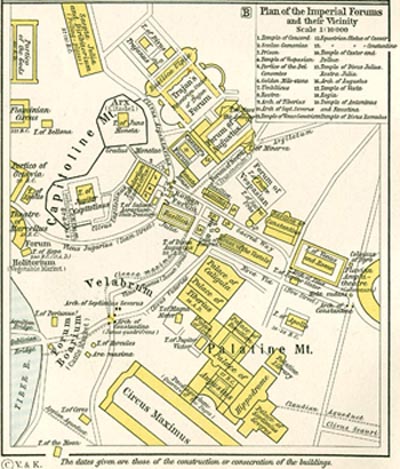| One of the most significant themes of nineteenth-century American life
was the question of “What is an American?” The United States
was a newly-developing republic still searching for its identity. In this
quest, Americans used Europe, the previous home to many Americans or their
ancestors, as a point of reference. In other words, the American identity
was developed relative to the stereotypical European identity.
For this reason, American travel abroad emerged as a phenomenon in the
nineteenth century. According to Mary Suzanne Schriber, “the observation
of other lands and peoples served the construction of American identity
by reference to ‘the other,’ making possible the meaning of
‘American’ and making travel an exercise in national definition”
(21).
|
| As William W. Stowe points out, Europe was perceived to be the richer,
more cultured, more tradition-laden, and more beautiful of the two until
the end of the century (5). This concept is evident throughout much of the
diary of R.P. Eaton, especially the first half detailing her travels through
Europe. She refers to the art that she sees and the sites that she visits
in these travels as having “world wide fame”, implying that
Europe is filled with both culture and tradition. Her accounts of her travels
in Florence and Rome
are excellent examples of an American portraying Europe as full of culture
and tradition. Eaton also devotes a significant portion of her diary entries
in Europe to describing the scenery, which is repeatedly referred to as
“picturesque”, “magnificent”, and “beautiful”.
Venice and Ireland
are wonderful examples in this case.
As Americans traveled abroad in the nineteenth century, they wrote about
what they saw. Although R.P. Eaton’s diary was not published, a
number of these accounts were. This allowed those Americans who were unable
to travel abroad to at least read about Europe and use it as a point of
reference in defining their own identity.
Sources: Mary Suzanne Schriber, Writing Home: American
Women Abroad, 1830-1920 (1997)
William W. Stowe, Going Abroad: European Travel in Nineteenth-Century
American Culture (1994)
|
